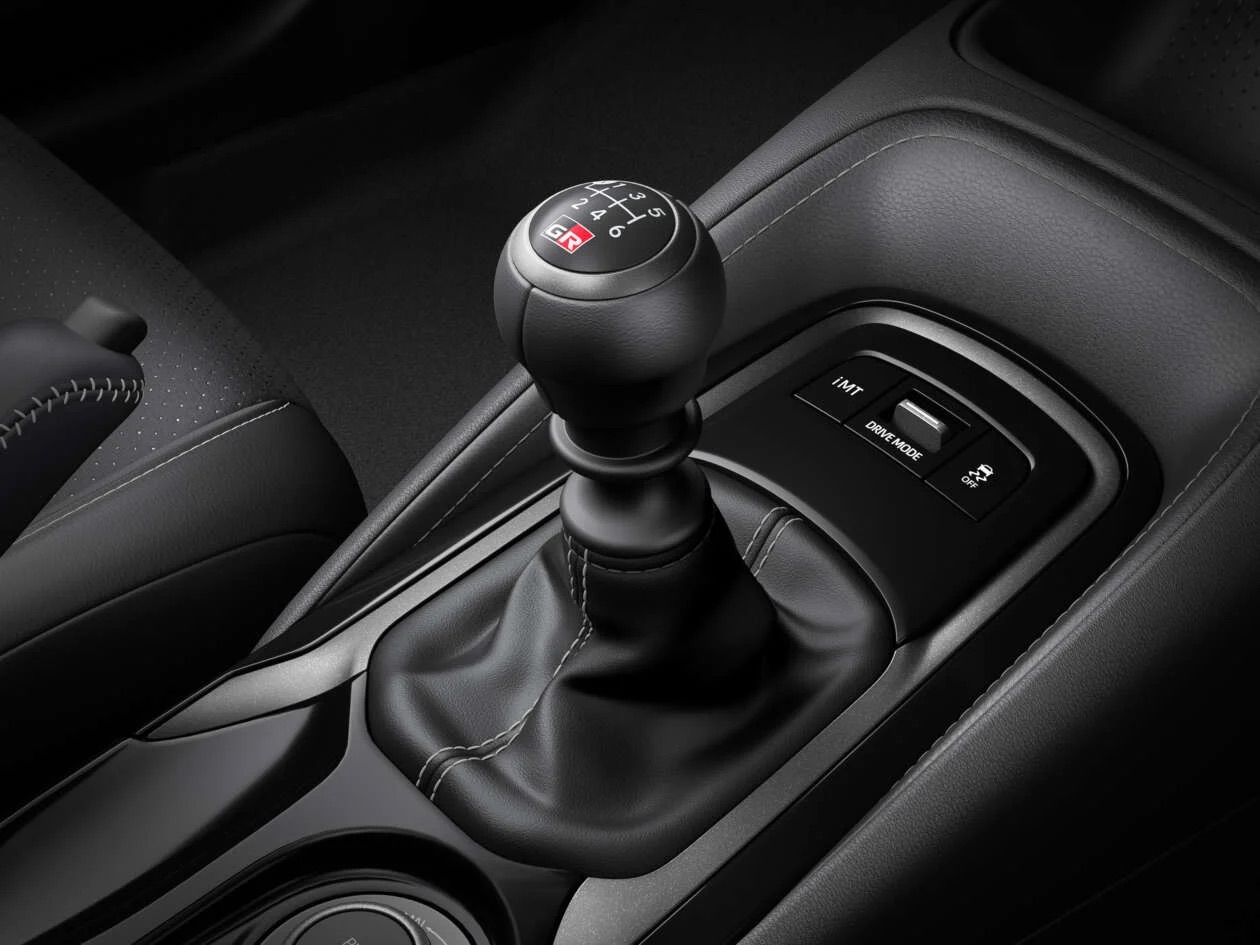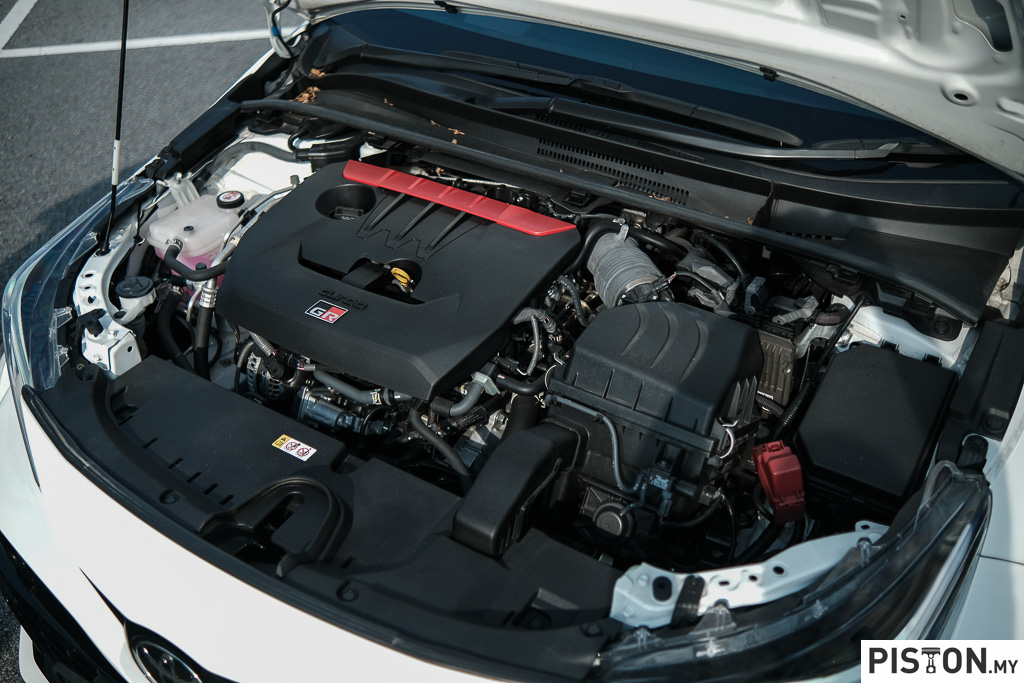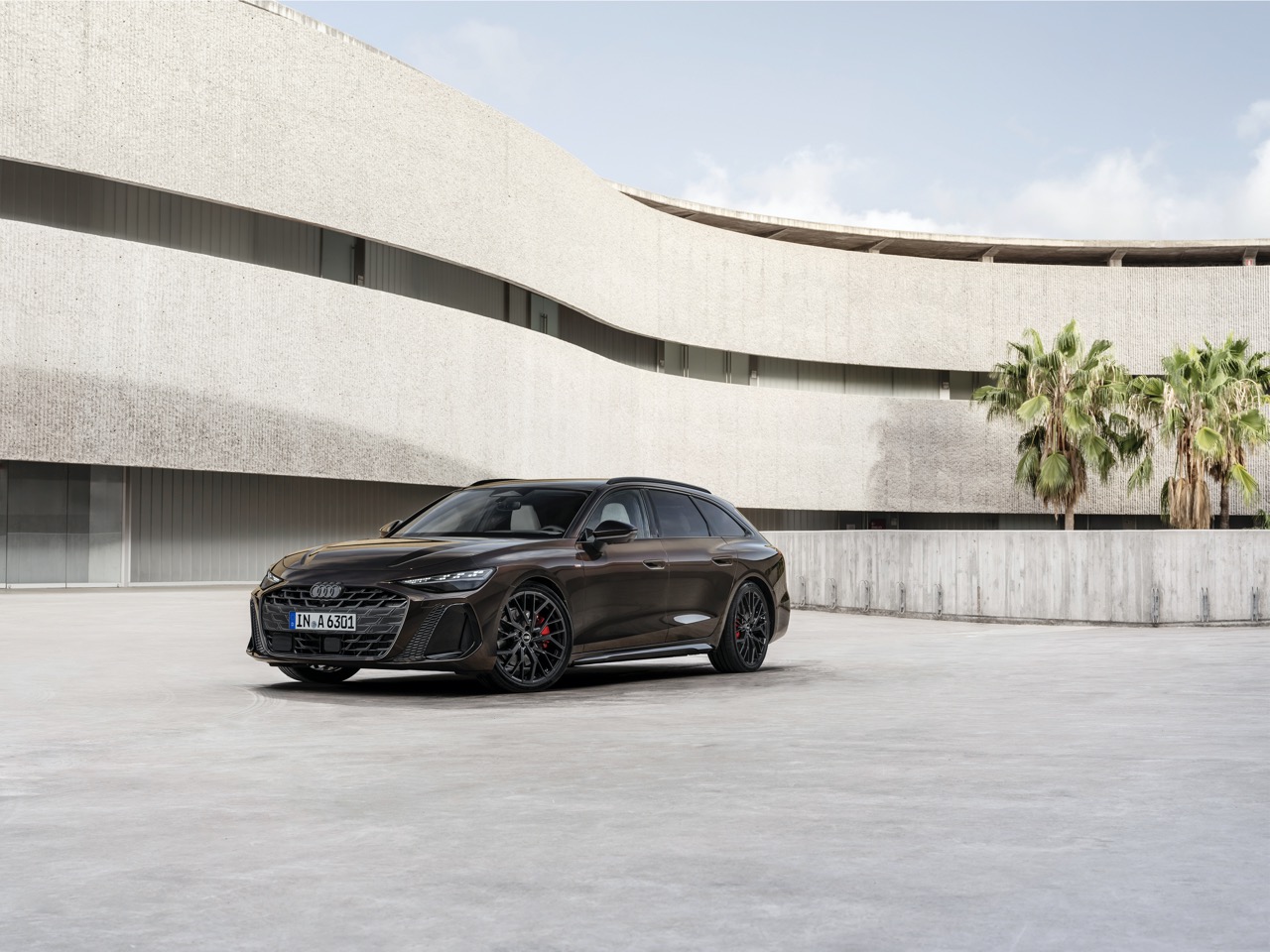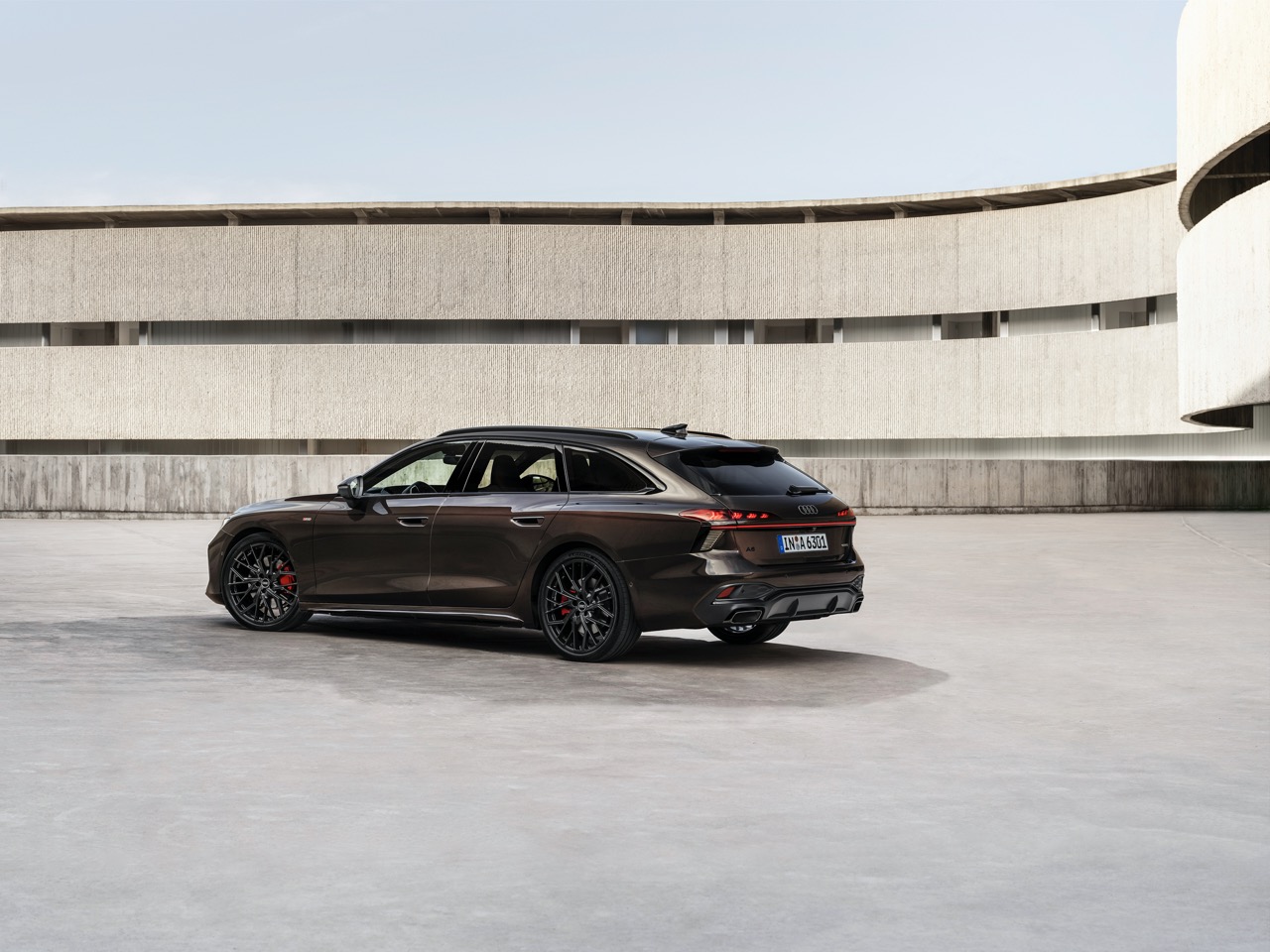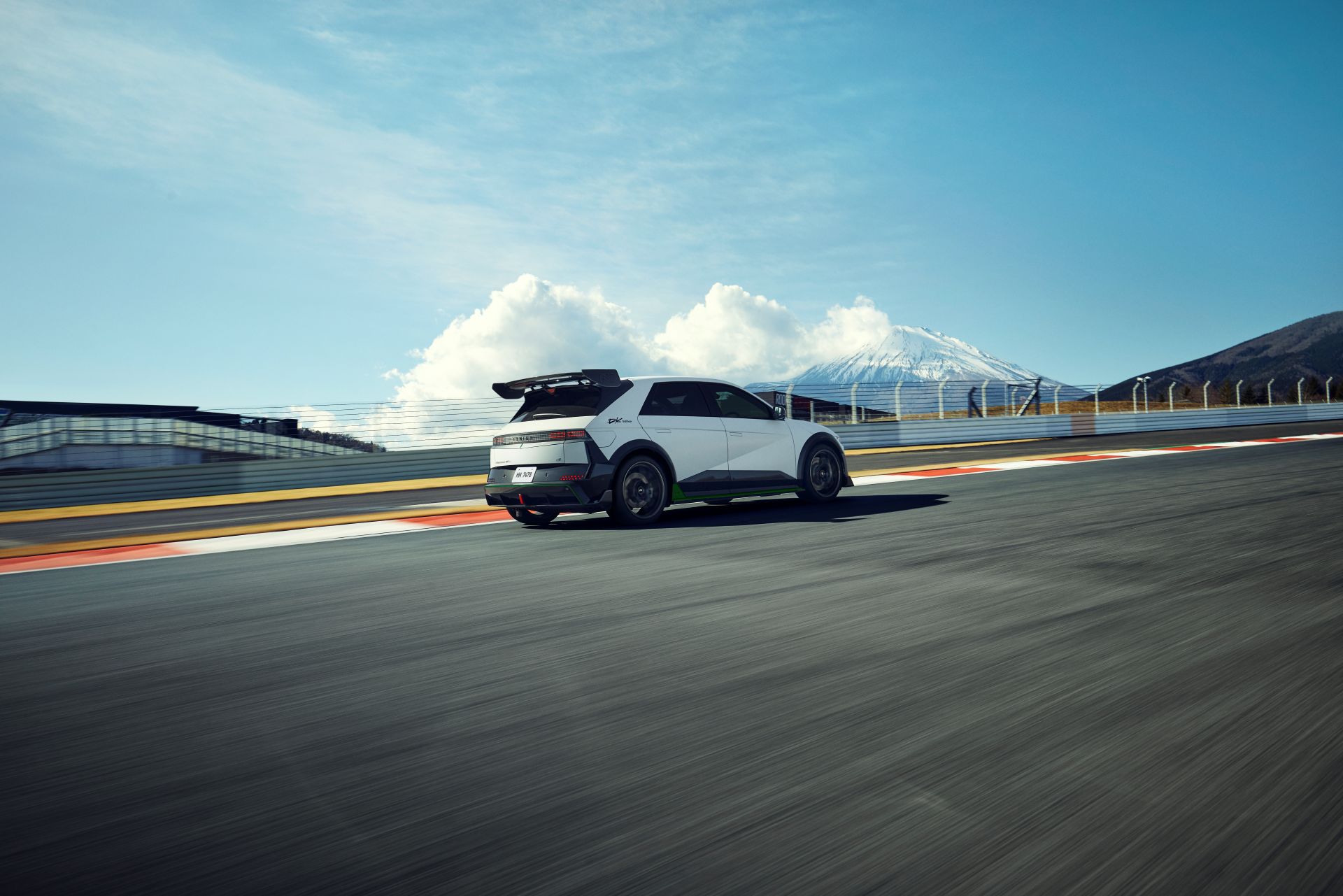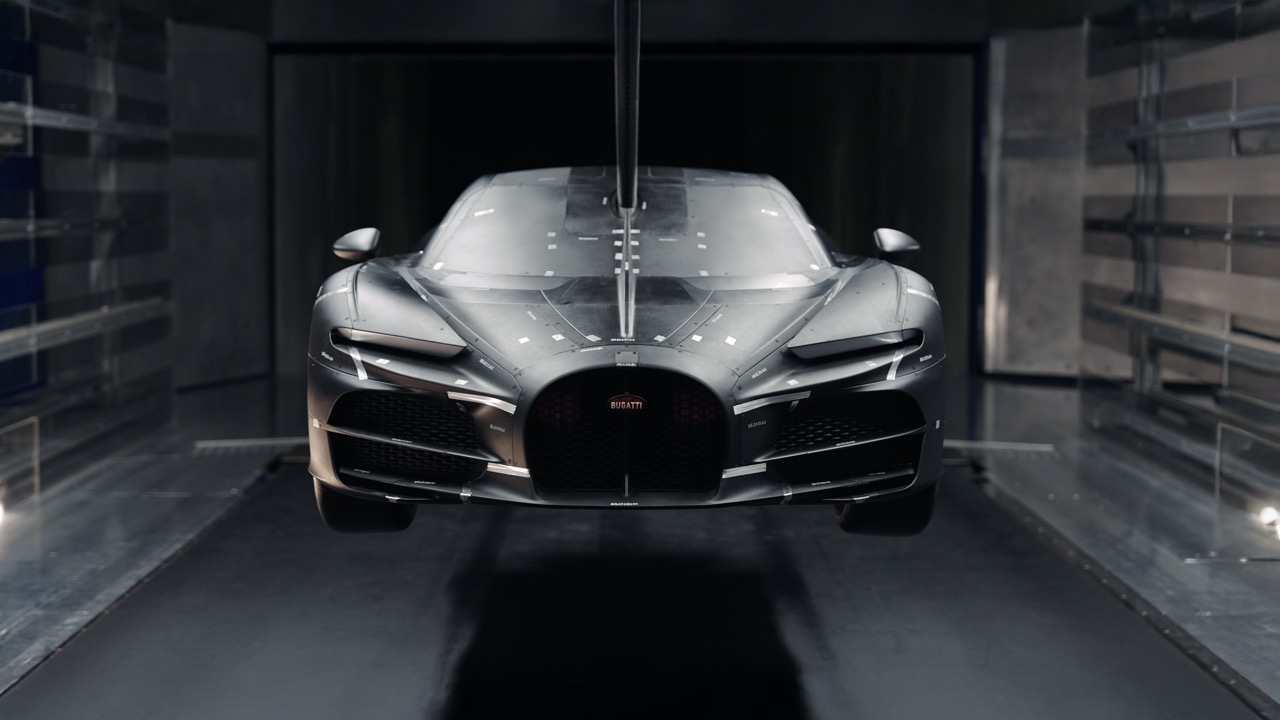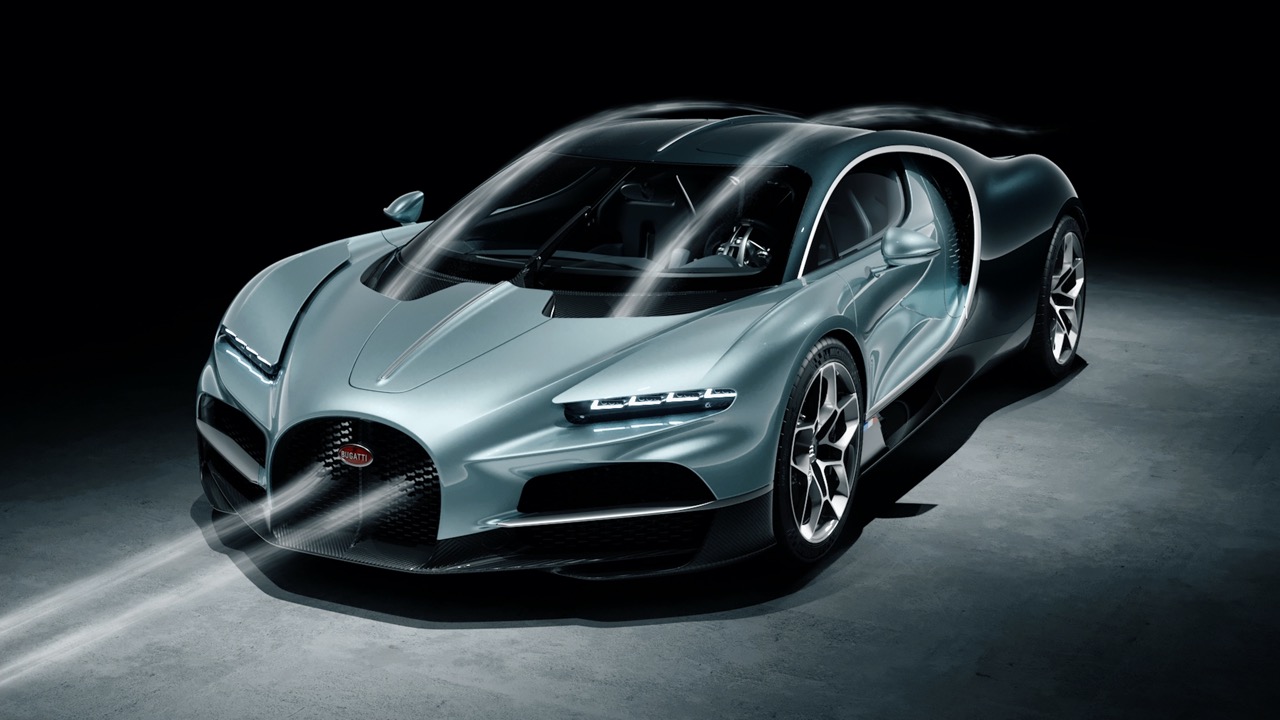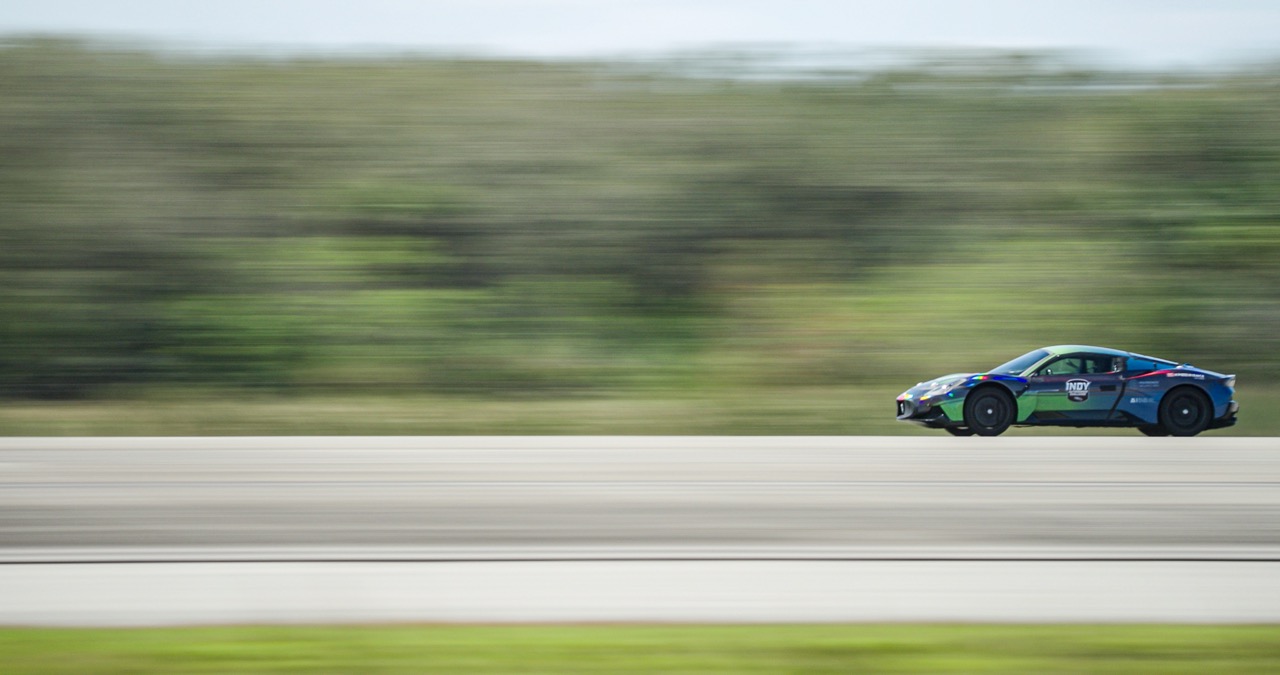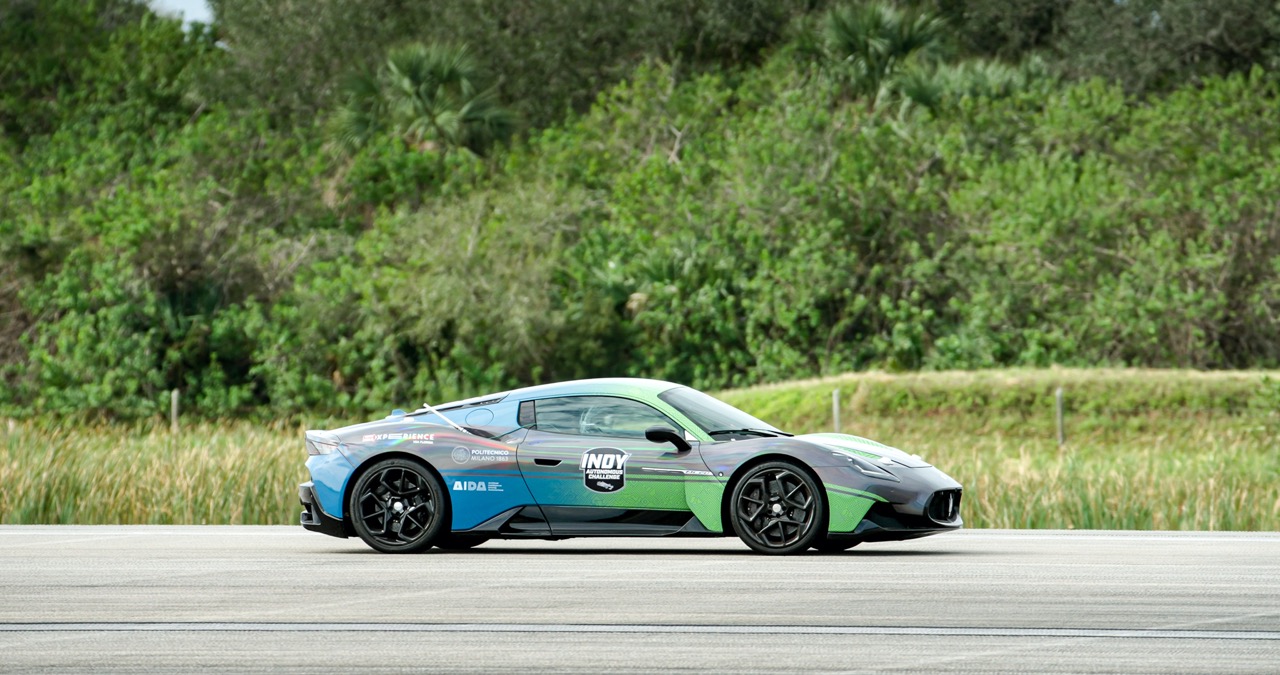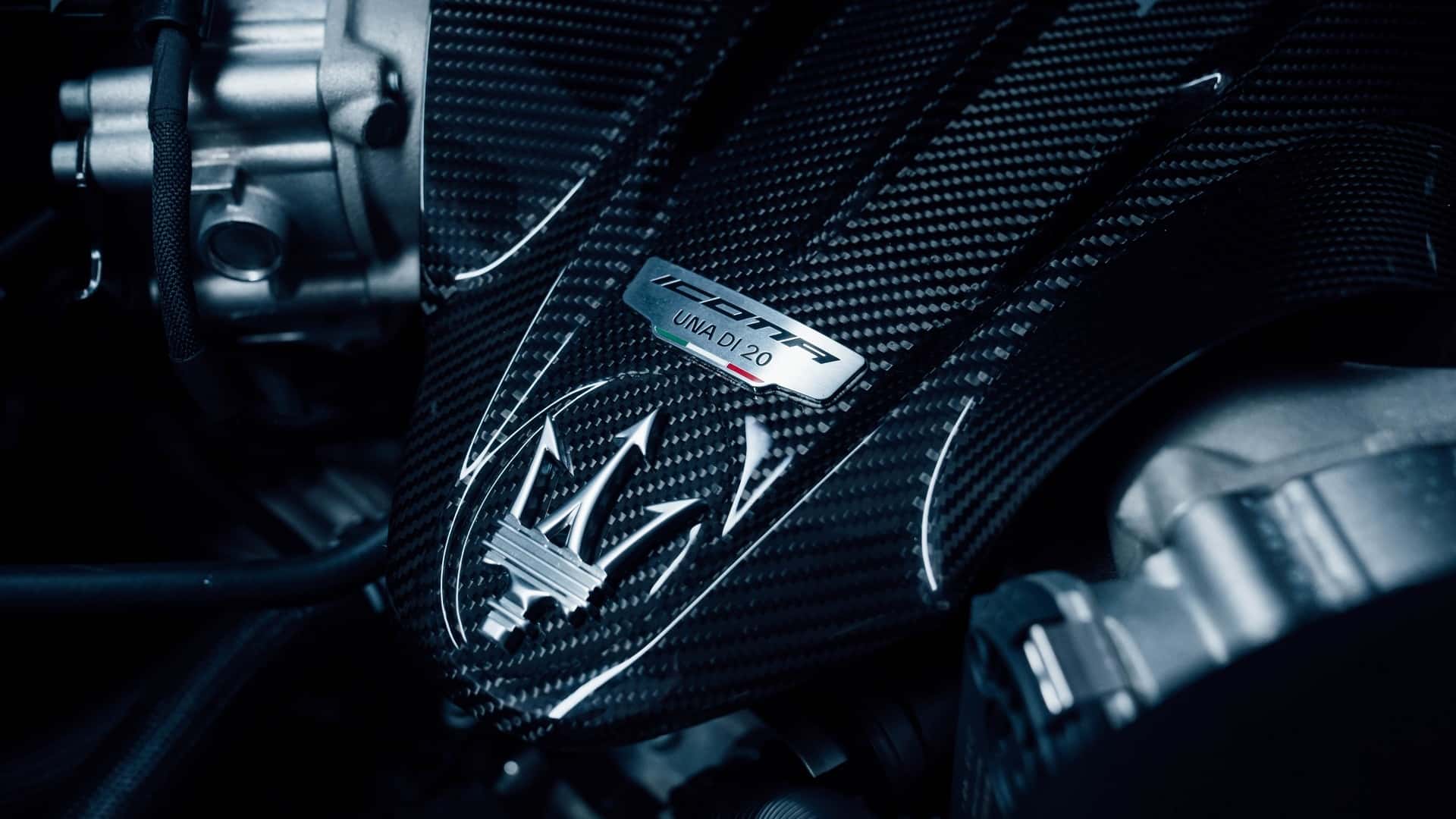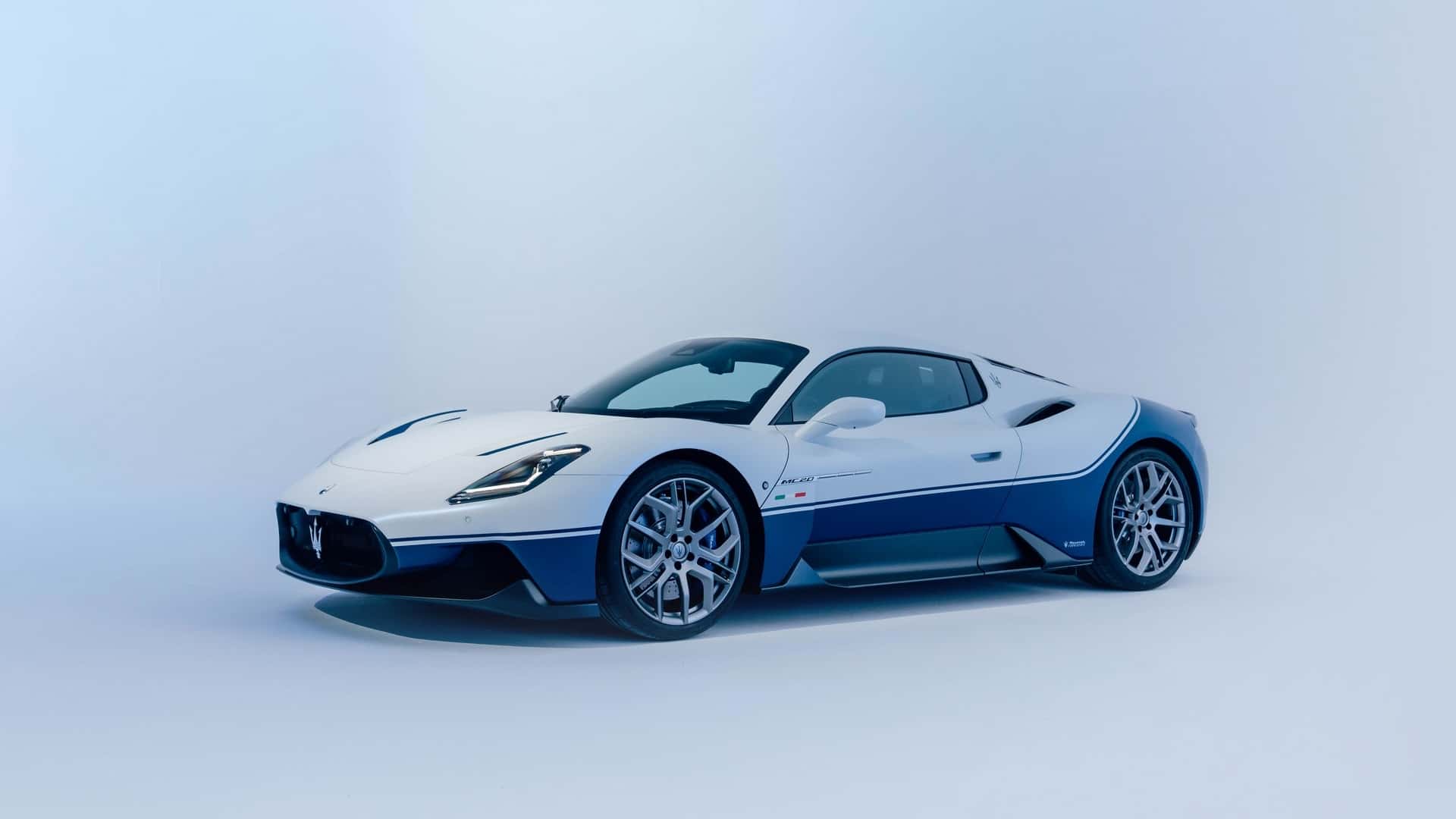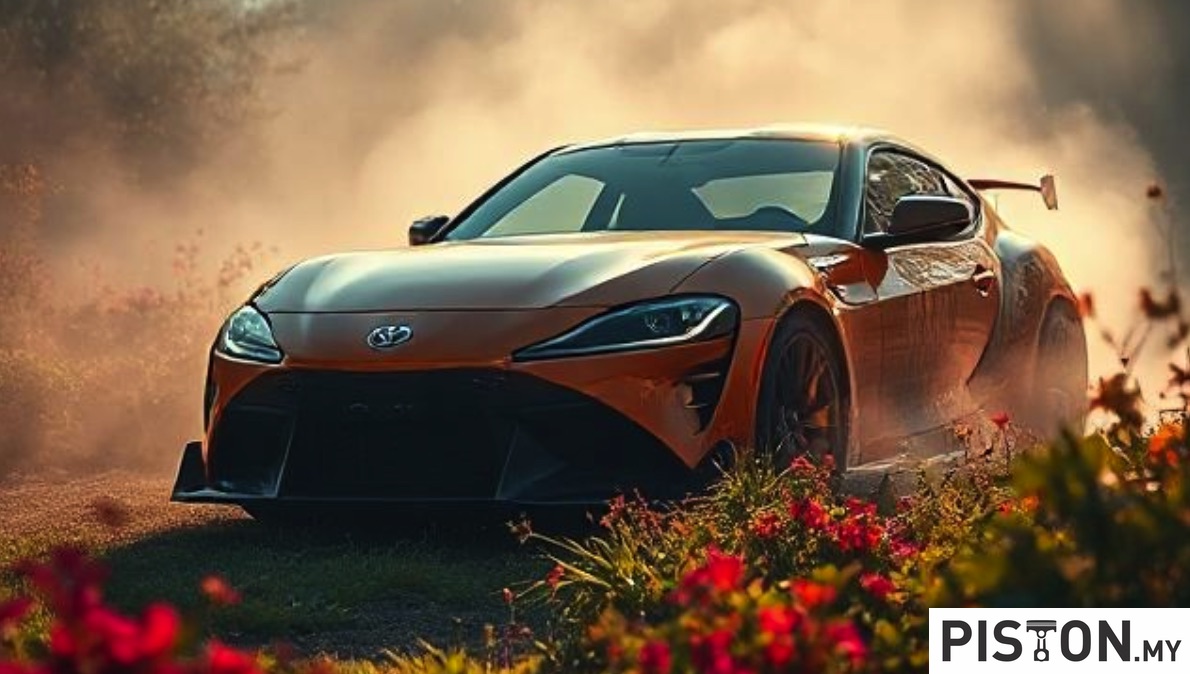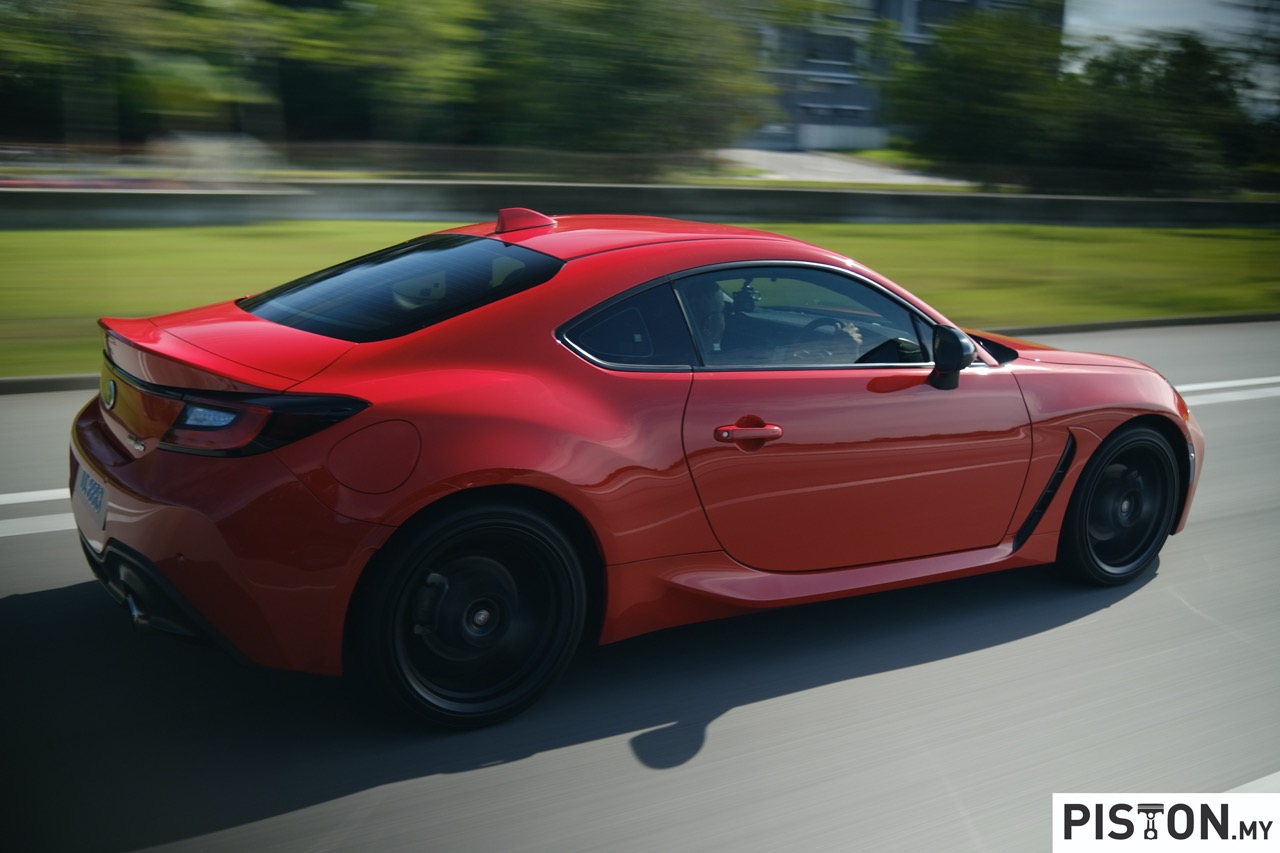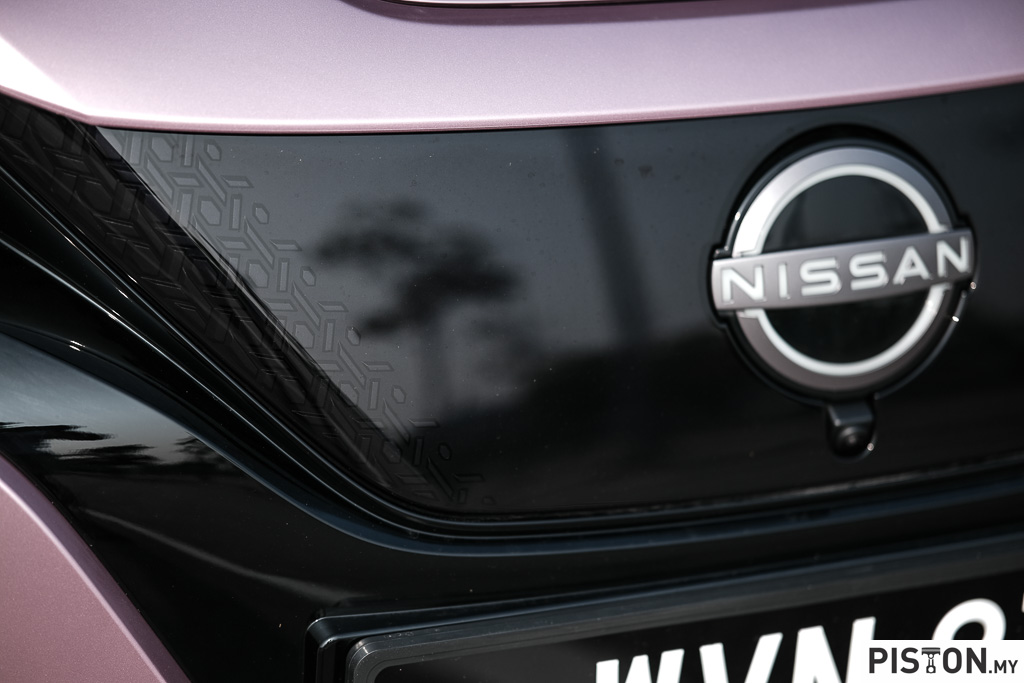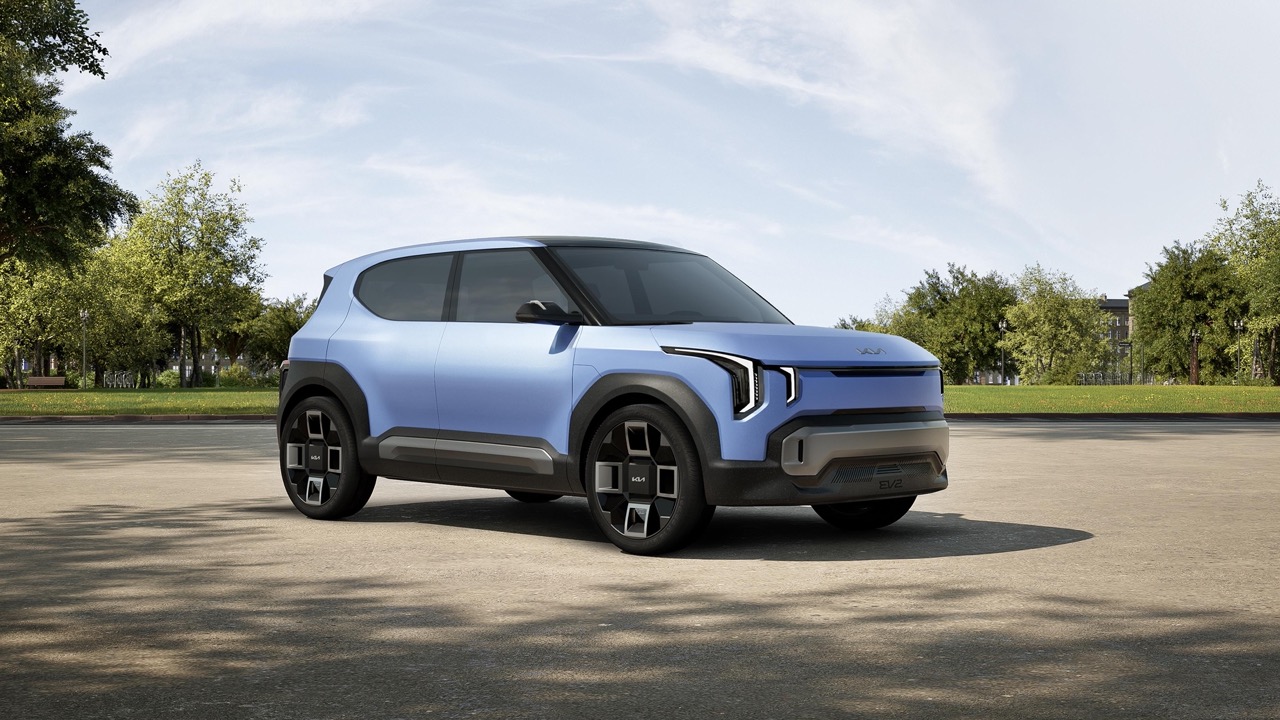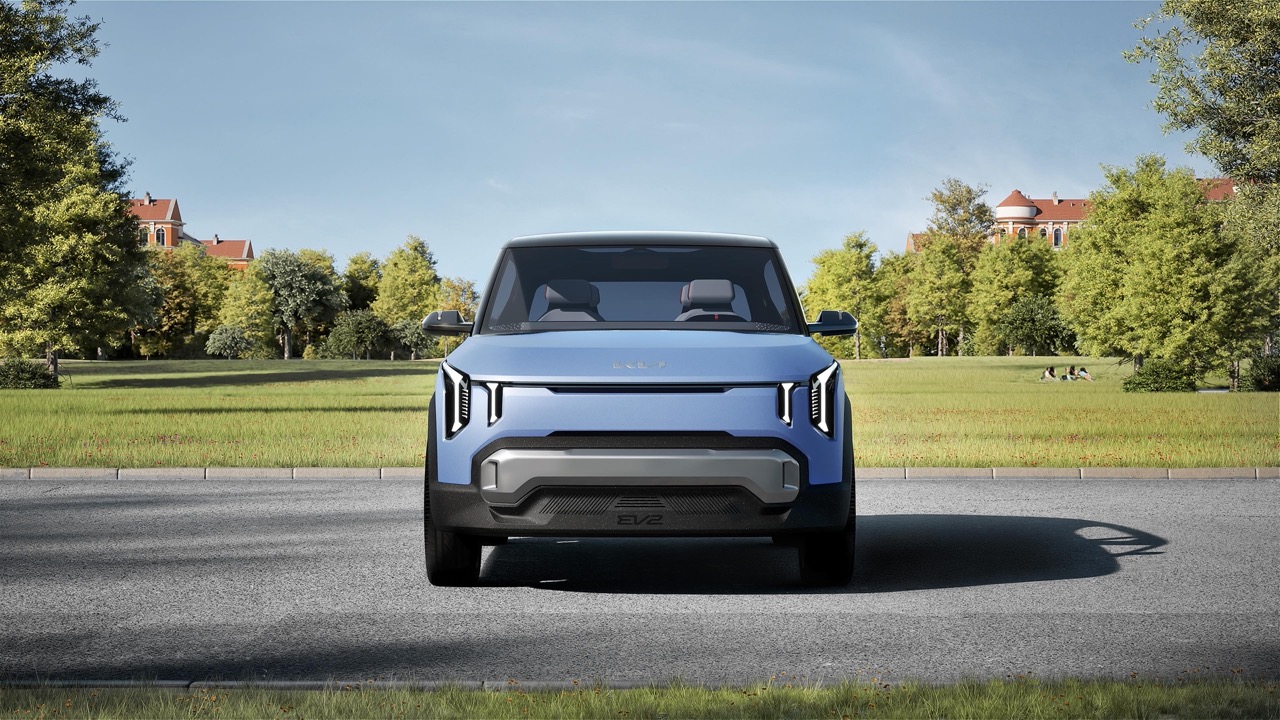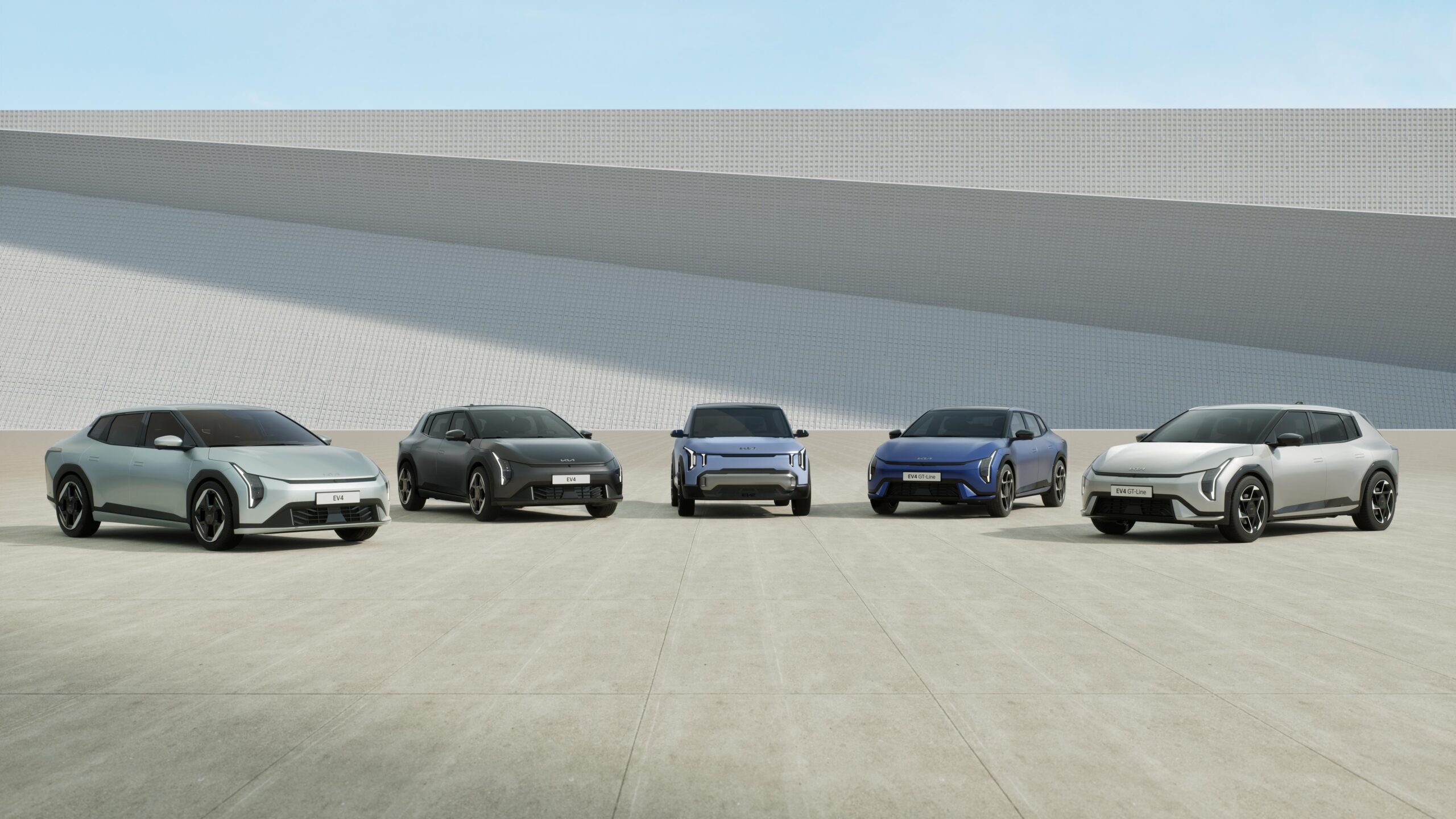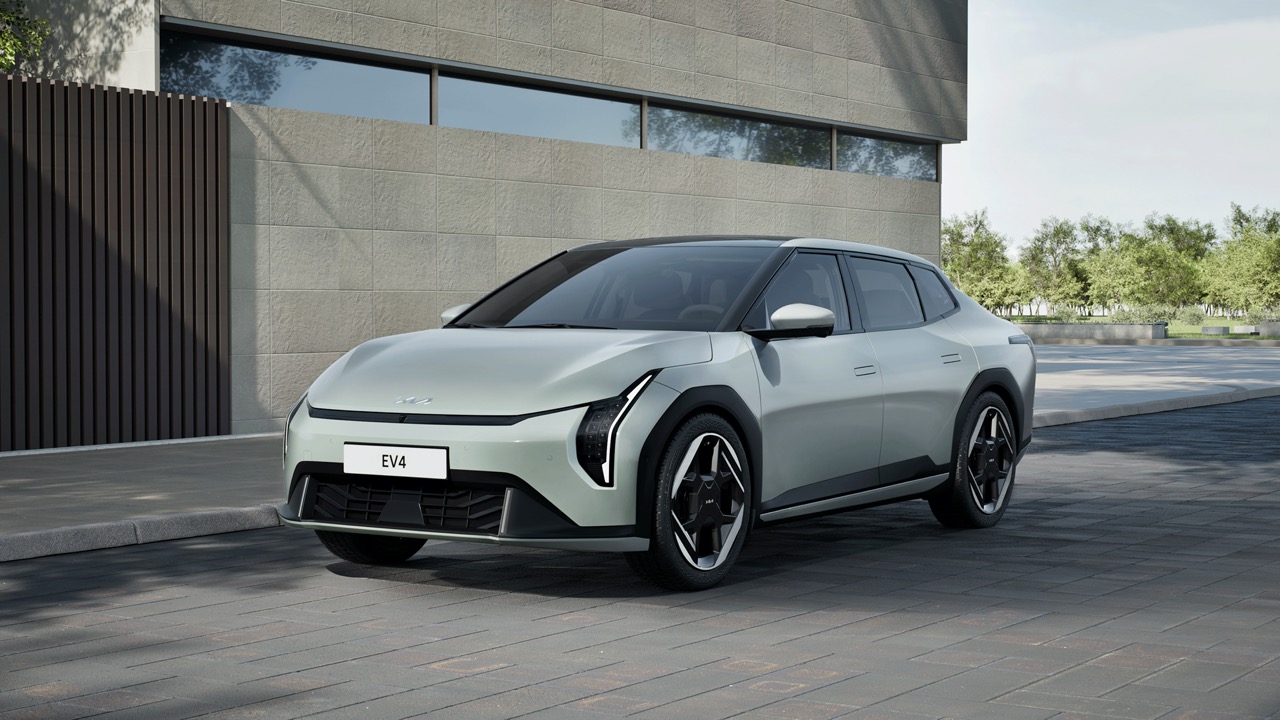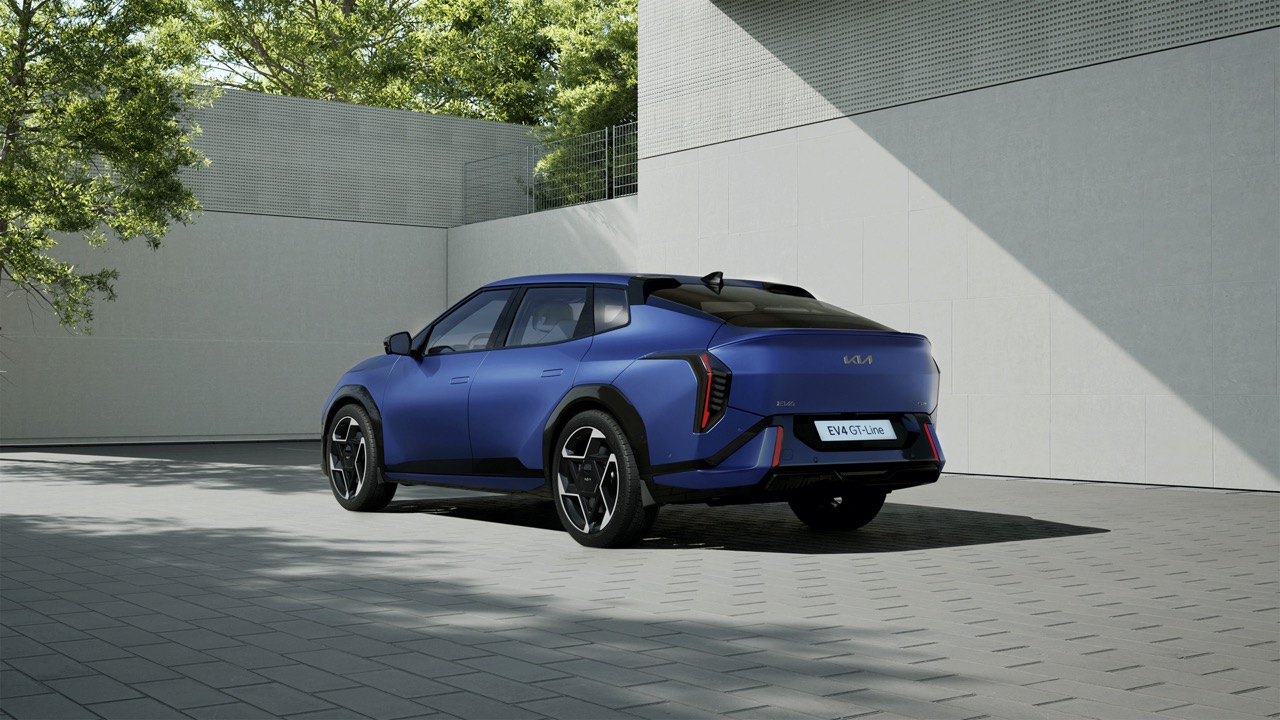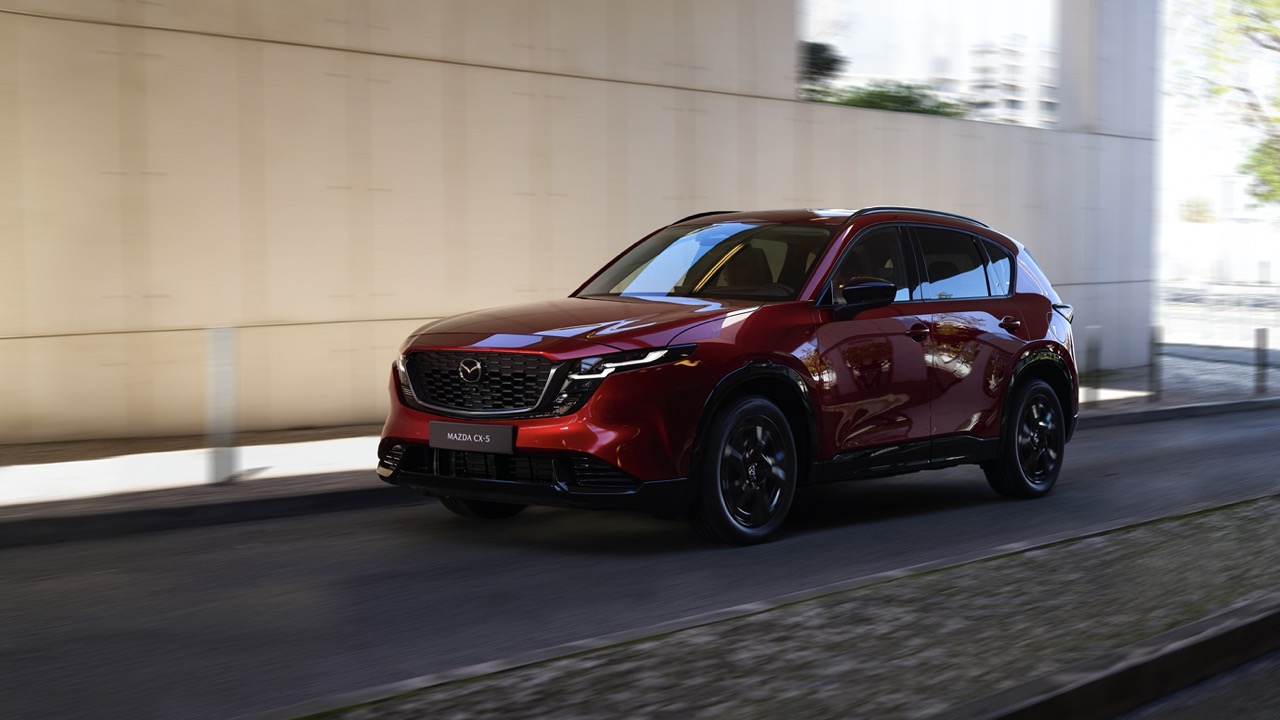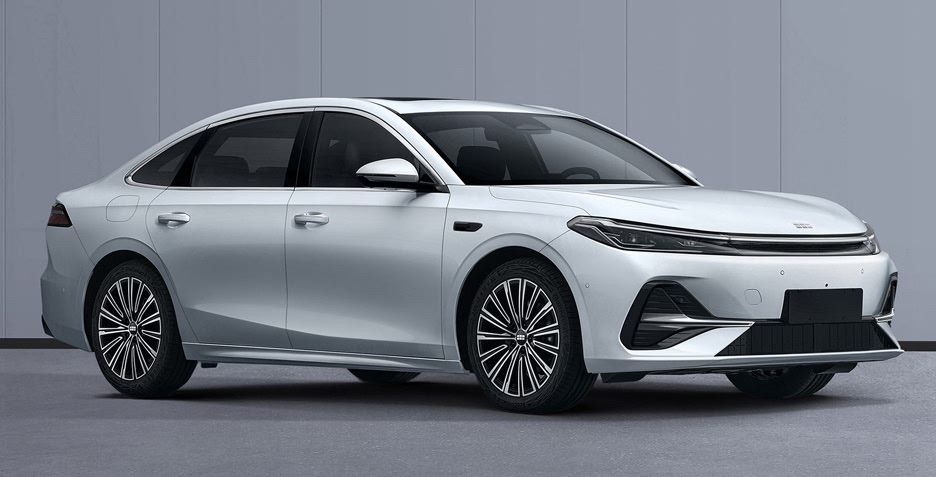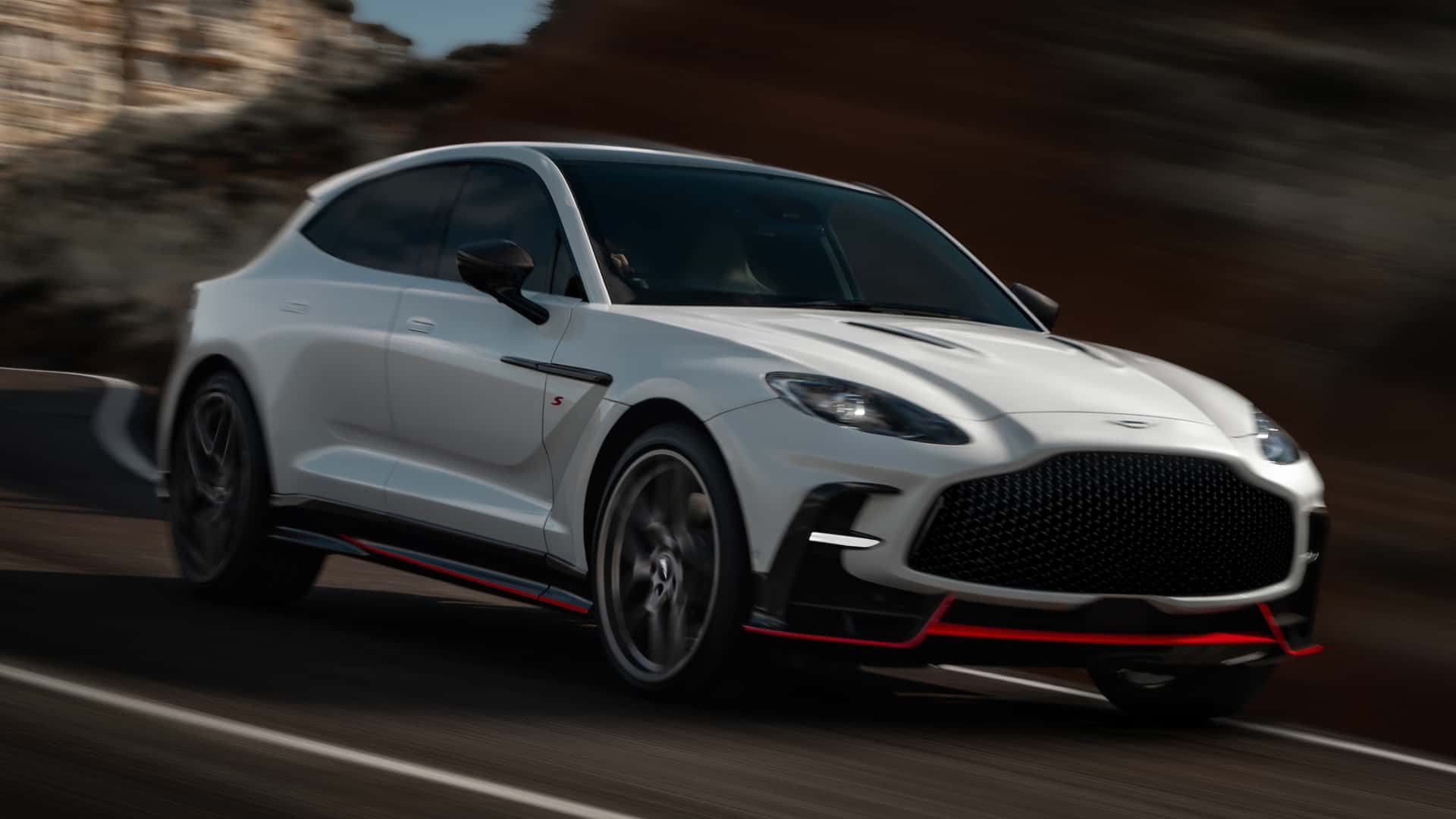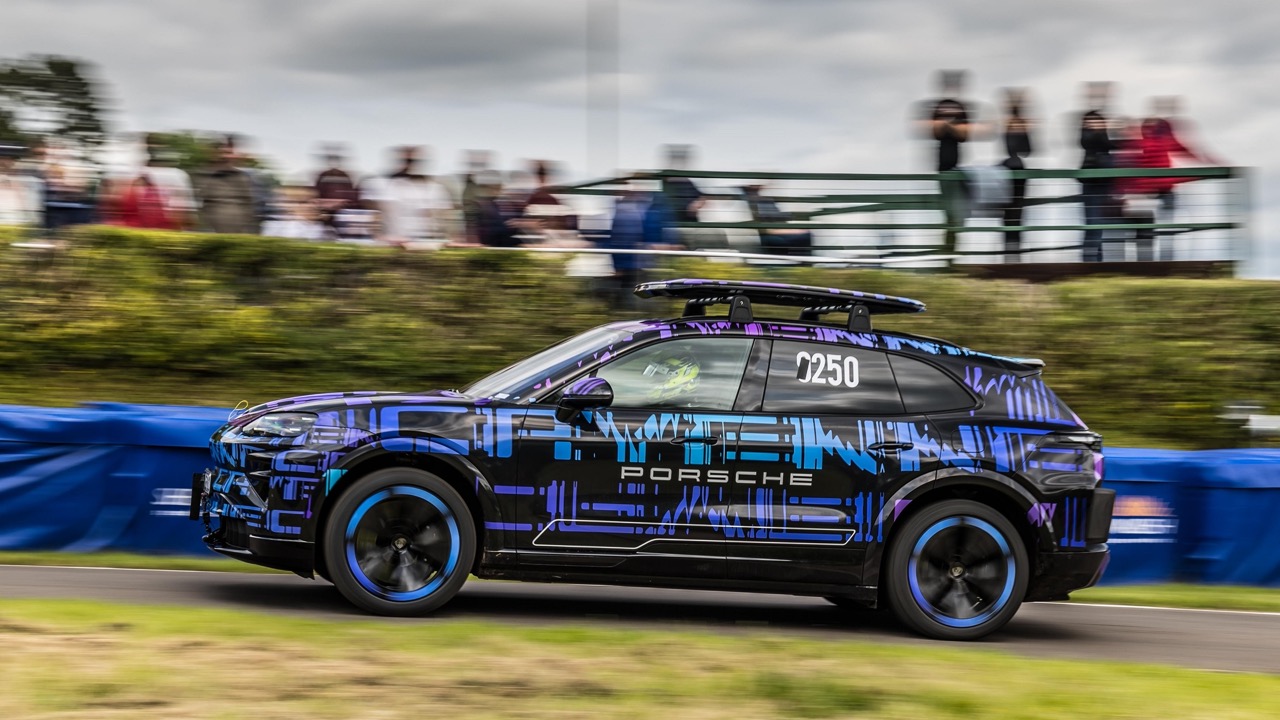Toyota remains committed to preserving the manual transmission experience, ensuring that enthusiasts who prefer the tactile engagement of self-shifting gears can continue to find it in the brand’s lineup. Currently, models such as the GR86, GR Supra, GR Yaris, and GR Corolla all feature six-speed manual transmissions paired exclusively with petrol power. For now, Toyota has no plans to abandon this formula, with a strong focus on catering to driving purists.
According to reports, Sean Hanley, Toyota Australia’s Vice President of Sales and Marketing, reaffirmed the brand’s dedication to delivering enthusiast-oriented vehicles. Hanley expressed confidence in the ongoing demand for cars that prioritise driving engagement, especially those powered by internal combustion engines with manual gearboxes.
“There is still room to satisfy dyed-in-the-wool performance car lovers,” Hanley said, emphasising that combustion engines and manual transmissions “will be around for a long, long time.”
Hanley made it clear that Toyota’s performance-oriented GR sub-brand will continue to lead the charge in this space. With an existing portfolio already offering several manual-equipped models, GR remains the natural home for future petrol-powered performance cars. Hanley hinted at exciting developments within the GR lineup, referencing the Yaris M Concept, which features a mid-engine configuration. This concept has fuelled speculation that Toyota could soon revive the legendary MR2, signalling perhaps the most promising indication of its return in recent years.





